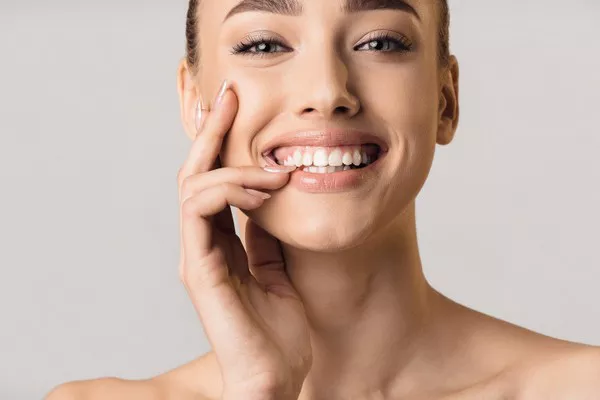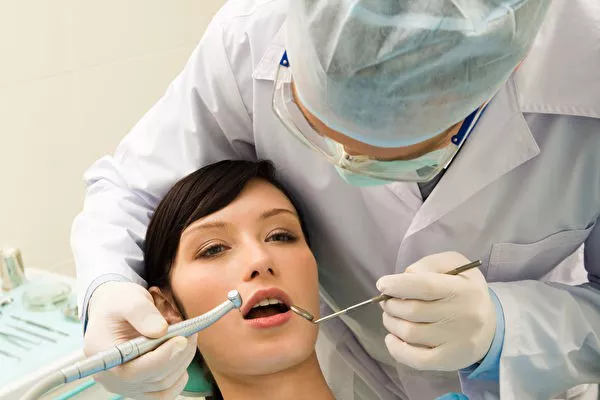Whitening strips are one of the most popular and effective ways to achieve a brighter, whiter smile. However, many people are unsure about whether or not they should rinse their mouth after using these strips. In this article, we will answer this question and provide you with everything you need to know about using whitening strips.
What Are Whitening Strips and How Do They Work?
Before we dive into the question of rinsing your mouth after using whitening strips, let’s first discuss what these strips are and how they work. Whitening strips are thin, flexible pieces of plastic that have been coated with a gel containing hydrogen peroxide or carbamide peroxide. These chemicals penetrate the enamel of your teeth and break down the stains, leaving behind a brighter, whiter smile.
Should You Rinse Your Mouth After Using Whitening Strips?
Yes, it is recommended to rinse your mouth after using whitening strips. Here are some important points to consider:
- Whitening strips contain peroxide, which can be harmful if swallowed or left on the teeth for too long. Rinsing your mouth after use helps to remove any excess gel and reduce the risk of accidental ingestion.
- Rinsing your mouth also helps to remove any remaining residue from the strips, which can cause sensitivity or irritation if left on the teeth or gums.
- Some whitening strips may leave a bad taste in your mouth, so rinsing can help to freshen your breath and remove any unpleasant tastes.
- However, it is important not to brush your teeth immediately after using whitening strips, as this can further damage the enamel of your teeth. Instead, wait at least 30 minutes before brushing.
Overall, rinsing your mouth after using whitening strips is a good idea to help protect your oral health and maintain a bright, healthy smile.
Tips to Rinse Your Mouth After Using Whitening Strips
Rinsing your mouth correctly after using whitening strips is essential to minimize any potential side effects and to ensure the best results. Here are some tips you may find helpful:
- Wait at least 30 minutes before rinsing: After removing the whitening strips, wait for around 30 minutes before rinsing your mouth with water or mouthwash. This ensures that the whitening gel has had enough time to fully penetrate your teeth.
- Rinse with water: Use plain water to rinse your mouth thoroughly. Swish the water around in your mouth for about 30 seconds to remove any excess gel.
- Avoid hot and cold drinks: After using whitening strips, avoid consuming hot or cold beverages for at least an hour as your teeth may be more sensitive during this time.
- Use a sensitivity-relief mouthwash: If you experience sensitivity after using whitening strips, consider using a sensitivity-relief mouthwash containing fluoride. This will help to reduce sensitivity and protect your teeth.
- Don’t brush immediately: Avoid brushing your teeth immediately after using whitening strips as this can cause further sensitivity and damage to your enamel. Wait for at least an hour before brushing.
Remember to follow the instructions provided by the manufacturer of your whitening strips to achieve optimal results. Lastly, if you experience any persistent pain or discomfort after using whitening strips, consult your dentist.
Potential Side Effects of Using Whitening Strips
While whitening strips are generally safe and effective, there are some potential side effects that you should be aware of. These include:
- Sensitivity: Some people may experience tooth sensitivity after using whitening strips. This usually goes away within a few days, but if it persists, you should speak to your dentist.
- Gum irritation: The chemicals in the whitening gel can sometimes irritate your gums, causing them to become red and inflamed. If this occurs, try using a smaller amount of gel or reducing the frequency of use.
- Enamel damage: Overuse of whitening strips can lead to enamel damage, making your teeth more susceptible to decay and other dental issues. It’s important to follow the instructions carefully and not use these strips more frequently than recommended.
In conclusion, using whitening strips is a safe and effective way to achieve a brighter, whiter smile. However, it’s important to rinse your mouth thoroughly after using these strips to reduce the risk of ingesting the chemicals. By following the tips outlined in this article and being aware of the potential side effects, you can safely and effectively achieve the smile you’ve always wanted.
Related Topics:






























